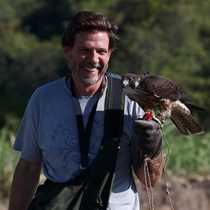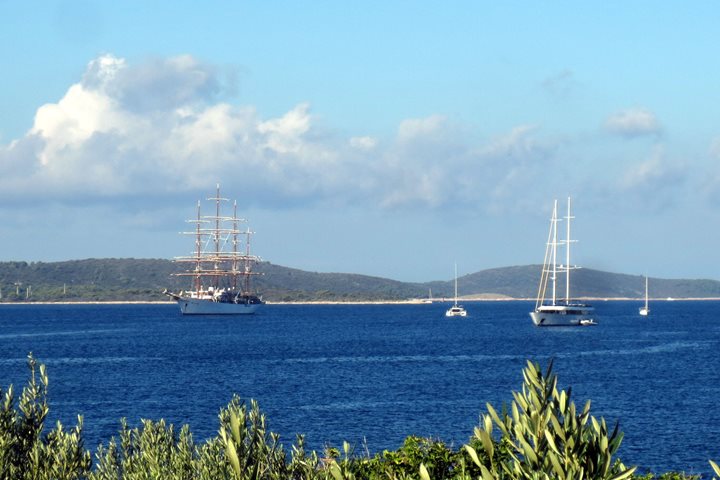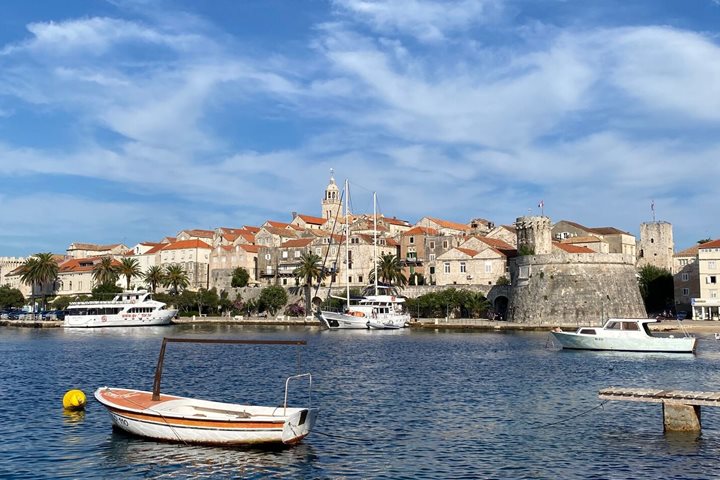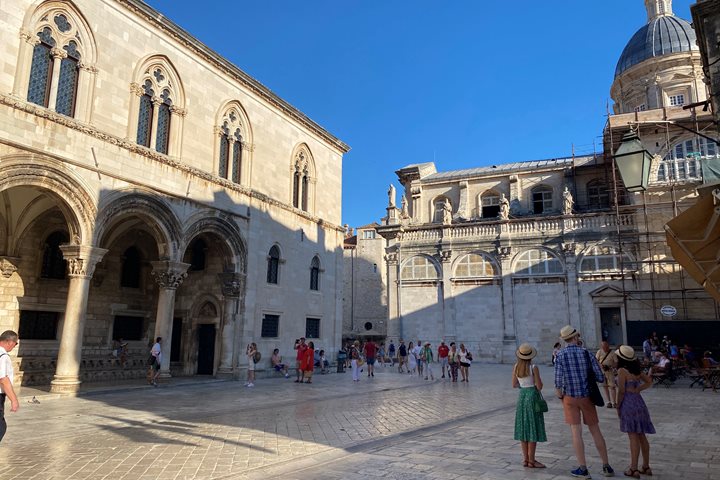A good number of us were up on the Monkey Deck by 5:45 a.m. to experience the majestic passage through the Kotorfjord. If you did not know you were in Montenegro, you would swear it was Norway. Soaring bald craggy mountains rise up thousands of feet sheer from the sea and surrounded us. The entrance to Perast and Kotor is the result of eons of abrasion as the many rivers that empty in the fjord carved their way to the sea. We passed submarine pens carved into the living rock that thwarted intelligence services and a luxury yacht marina at Tivat.
We boarded our buses at 8:30 and motored the few kilometers to the picturesque village of Perast. This hamlet made its living from fishing, smuggling, and piracy. It was a strategic bastion of Venetian influence in the area. The Doge and the Venetian Senate appointed the local governor. Although a tiny place, Perast can boast one of the more magnificent churches in the area, the Orthodox church of Nikolai. Consider the massive cost of a small village building and sustaining such a magnificent church. Who is it that said, “Faith can move mountains”? We then visited the postage stamp artificial island “Gospa od Skrpjela” in the middle of the fjord. There is a legend that a fisherman found an icon floating near this spot. They retrieved it and brought it back to St. Nikolai’s. The next day the icon was gone and found floating at the same spot in the fjord. This cat and mouse game continued for some time. Finally, the fisherman decided that every time one of them passed this place they would drop rocks in the sea. Gradually it formed an island and in the end they erected a church to the Virgin Mary and placed her icon in the church on this island. We then stopped at the local maritime museum the elegant former home of the Venetian consul in Perast.
Our next stop was the wonderful walled city of Kotor. It is at the head of the fjord and boasts a wall—not unlike that of the great wall in China, but smaller—rising up the side of the mountain. Although it was sunny, warm, and a tad busy, Kotor remains an urban gem. We did a brief tour of the city and walked the few hundred years back to the Sea Cloud for our lunch.
At 3 p.m. we boarded busses for the madly scary ride up the side of the mountain and its exhilarating 25-switchback hairpin turns. Atop the mountain we explored a seldom-visited village called Njegusi, where the famous wind- and sun-dried hams come from. Apparently the winds—the principle drying agent—are perfect both morning and evening for drying the hams. Our fearless leader Tom O’Brien has befriended one of the traditional artisans over the years and was able to purchase a ham. Tom emerged with a substantial ham over his shoulder. His triumphant look reminded me of one the labors of Hercules. I have a sneaking suspicion that we shall taste this delectable porcine delight soon.
The hotel staff greeted us on our return with oysters and champagne on the lido deck. We cruised from this fairy tale fjord in the evening twilight and made our way back into the Adriatic Sea.









